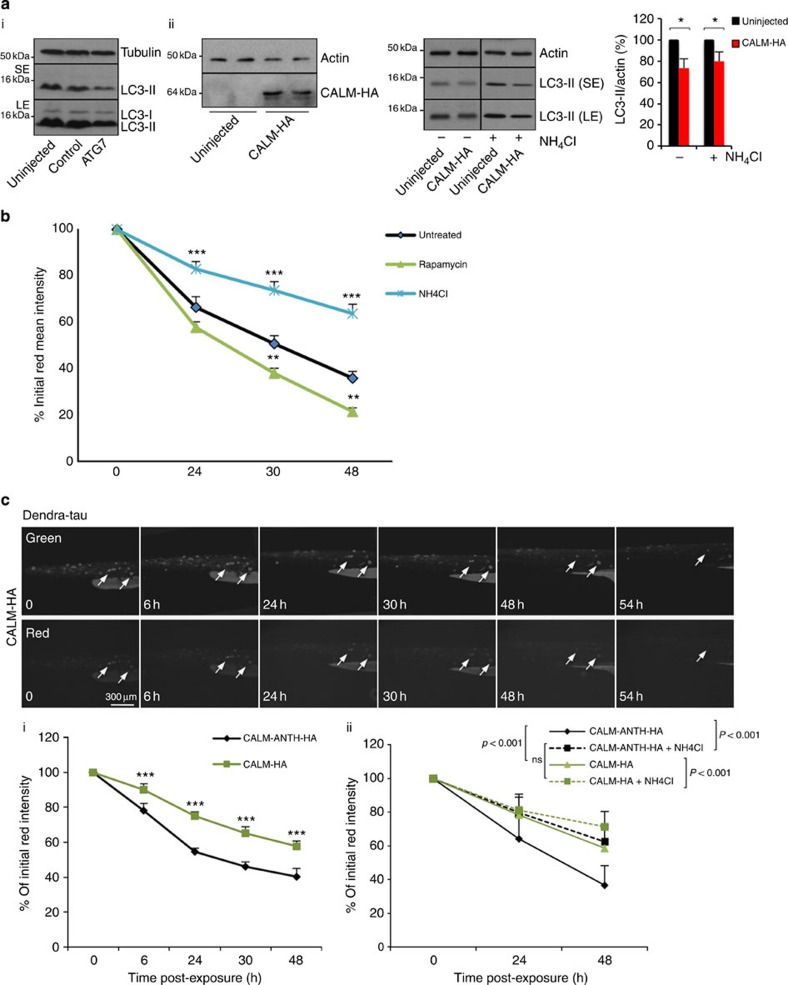Figure 8. Autophagy and CALM contribute to tau degradation in vivo.
(ai) Western blot analysis of tubulin, LC3-I and LC3-II in zebrafish larvae where ATG7 was downregulated, as indicated. (ii) Western blot analysis of CALM-HA, actin and LC3-II in zebrafish larvae where CALM-HA was expressed, as indicated. The larvae were treated with ammonium chloride (NH4Cl), as indicated. (SE, short exposure; LE, longer exposure). Quantification of LC3-II/actin ratio is shown. Data are representative of three independent experiments and shown as mean ±s.d. (*P<0.05; two-tailed t-test). (b) Modulation of autophagy alters Dendra-tau clearance dynamics. The fluorescence intensity of each individual cell was quantified at each timepoint (n≥ 31 cells, ≥9 larvae per treatment group) and mean cell intensity values for each drug treatment at each timepoint were calculated. Images were taken immediately after photoconversion and at 24, 30 and 48 h intervals thereafter. Rapamycin treatment significantly increased the rate of Dendra-tau clearance. Ammonium chloride (NH4Cl) treatment significantly decreases the rate of Dendra-tau clearance (**P<0.01, ***P<0.001, one-way analysis of variance (ANOVA)). Error bars are ±s.e.m. (c) Dendra-tau clearance in the presence of CALM: representative images of larvae with mosaic expression of Dendra-tau and full-length CALM taken immediately after photoconversion and at 6, 24, 30, 48 and 54 h after conversion. The fluorescence intensity of individual cells was quantified and mean fluorescent intensity of cells co-expressing Dendra-tau and either full-length CALM or Δ–ANTH CALM (CALM-ANTH-HA) constructs (n≥ 100 cells, ≥9 larvae per treatment group) at each time point was calculated. (i) Expression of full-length CALM significantly delayed the clearance of Dendra-tau at all time points compared with Δ–ANTH CALM (***P<0.001, one-way ANOVA). One graph, representative of three independent experiments, is presented. (CALM-ANTH-HA: 132 cells, 20 fishes; CALM-HA: 18 cells, 8 fishes). Another two experiments are shown in Supplementary Fig. S5C. Error bars are mean ±s.d. (ii) Treatment with ammonium chloride alters the dynamics of Dendra-tau clearance. Expression of full-length CALM significantly delayed the clearance of Dendra-tau at all time points compared with Δ–ANTH CALM, as observed in i (P<0.001, one-way ANOVA). However, treatment of Δ–ANTH CALM injected larvae with ammonium chloride slows the Dendra-tau clearance by 70% to a level comparable to that observed in larvae injected with full-length CALM. Ammonium chloride treatment of larvae injected with full-length CALM results in a modest (22%) decrease in Dendra-tau clearance, suggesting that CALM overexpression and ammonium chloride treatment have a cumulative effect (n≥25 cells, n≥9 larvae per treatment group). Error bars are mean ±s.d. Note that i and ii are distinct experiments.

